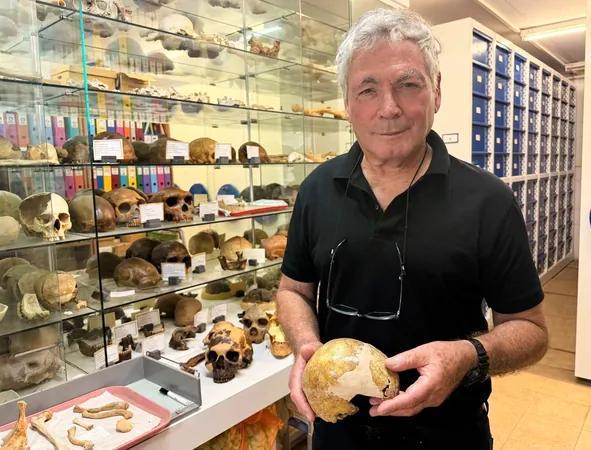
Revolutionary Discovery: Evidence of Early Interbreeding Between Modern Humans and Neanderthals!
2025-08-26
Author: Sophie
Ancient Bones Rewrite the Human Story
In a groundbreaking revelation from Tel Aviv, researchers have uncovered evidence suggesting that modern humans and Neanderthals were mingling and possibly interbreeding as early as 140,000 years ago—decades earlier than previously believed. This claim comes from a detailed study published in the esteemed journal L’Anthropologie, focusing on the bones of a young child, unearthed in Skhul Cave, Israel.
A Curious Case of interbreeding
When first excavated in 1931, archaeologists were baffled. This child, buried long ago in a cave, did not fit neatly into the categories of either Homo sapiens or Neanderthals. However, cutting-edge CT scans and 3D modeling have revealed crucial insights. Despite lacking ancient DNA, the fine details seen in the child's bones suggest a unique blend of both human lineages.
Revolutionary Technology Unveils New Clues
Researchers leveraged thousands of isolated scans to create a virtual 3D model of the skull, unveiling intricate features that remain hidden to the naked eye. For instance, blood vessel imprints—akin to 'tributaries of a river'—highlight the differing brain shapes and vascular needs of Homo sapiens and Neanderthals. This reconstruction revealed a distinctively elongated skull, more characteristic of Neanderthal morphology.
A Relationship Beyond Hostility
Lead researcher Israel Hershkovitz emphasized the implications of this discovery: a harmonious existence between the two groups rather than the violent encounters often depicted. "This challenges the stereotype of Homo sapiens as ruthless conquerors," he stated, suggesting that both groups coexisted peacefully, sharing cultural practices such as burial rituals.
Unresolved Questions Remain
Despite the astonishing findings, many questions linger. Were the child's parents a mix of both species? Why was this child laid to rest in such a sacred place? As researchers continue to excavate Skhul Cave, fresh discoveries are anticipated that may illuminate even more about this ancient narrative.
A Glimpse into Our Shared Past
Skhul Cave is among the world's earliest known sites of intentional burial, offering a portal into the lives of our ancestors from the Paleolithic era. As new studies deploy advanced 3D technology, they ignite hope for uncovering additional treasures that could reshape our understanding of human evolution.
This pioneering research not only repositions our timeline for human history but also serves as a powerful reminder that the interactions between different species may have been rooted in cooperation rather than conflict. What will tomorrow’s discoveries reveal about our ancient past?


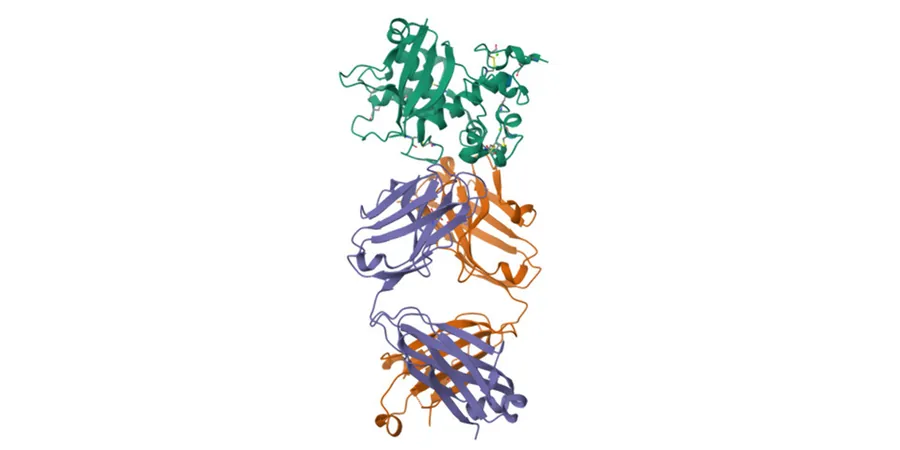



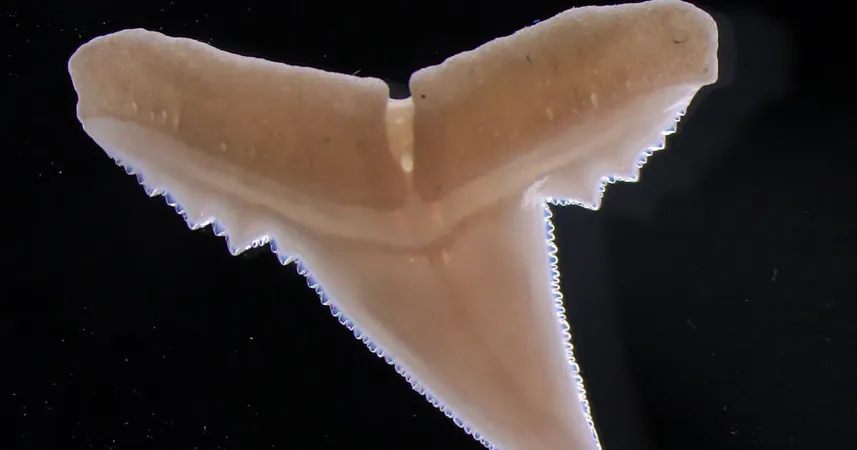
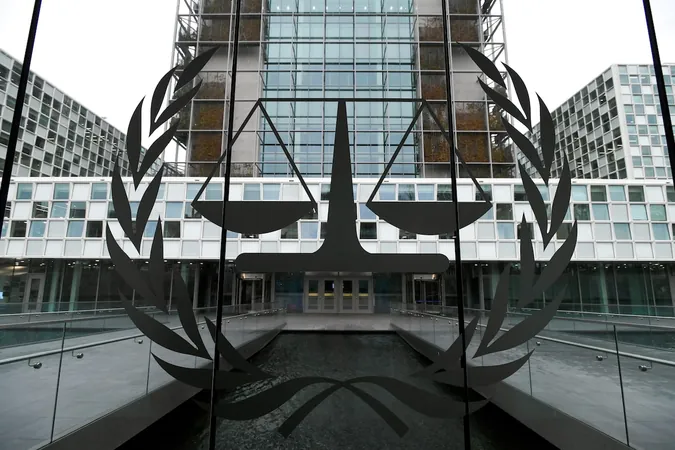
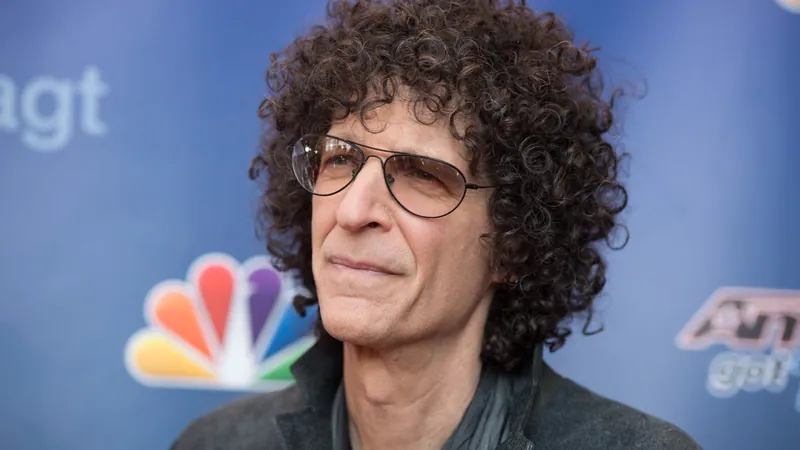
 Brasil (PT)
Brasil (PT)
 Canada (EN)
Canada (EN)
 Chile (ES)
Chile (ES)
 Česko (CS)
Česko (CS)
 대한민국 (KO)
대한민국 (KO)
 España (ES)
España (ES)
 France (FR)
France (FR)
 Hong Kong (EN)
Hong Kong (EN)
 Italia (IT)
Italia (IT)
 日本 (JA)
日本 (JA)
 Magyarország (HU)
Magyarország (HU)
 Norge (NO)
Norge (NO)
 Polska (PL)
Polska (PL)
 Schweiz (DE)
Schweiz (DE)
 Singapore (EN)
Singapore (EN)
 Sverige (SV)
Sverige (SV)
 Suomi (FI)
Suomi (FI)
 Türkiye (TR)
Türkiye (TR)
 الإمارات العربية المتحدة (AR)
الإمارات العربية المتحدة (AR)